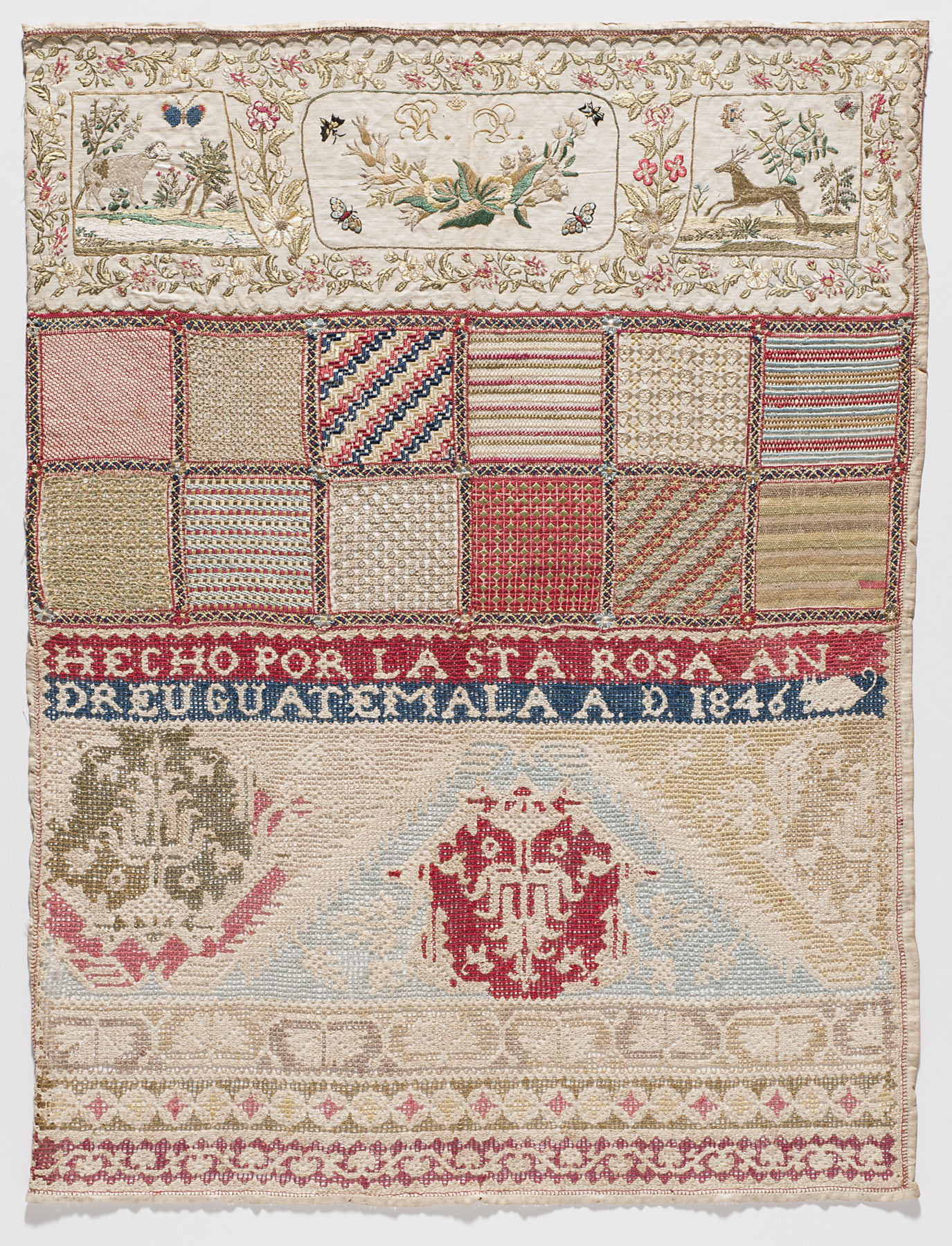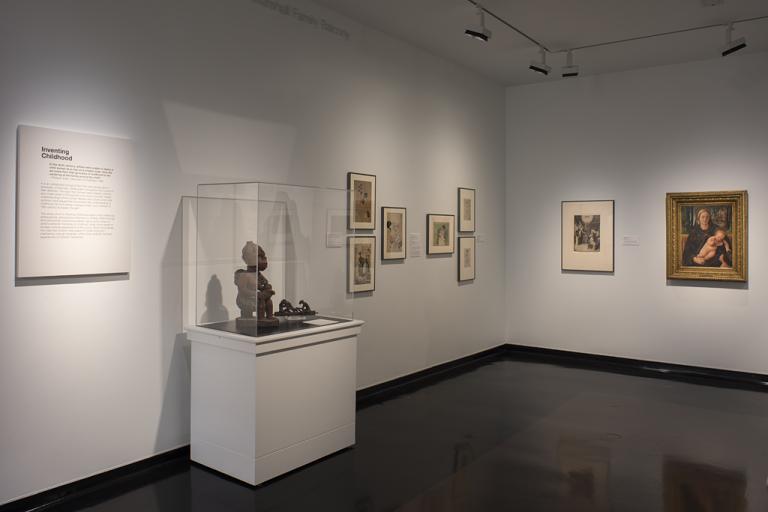untitled sampler, Rosa Andreu
Artwork Overview
Rosa Andreu, artist
1800s
untitled sampler,
1846
Where object was made: Guatemala
Material/technique: peyote stitch; buttonhole stitch; embroidering; French knot; satin stitch; cross-stitching; cotton; cutwork; silk thread; needle lace
Dimensions:
Object Height/Width (Height x Width): 72.39 x 54.61 cm
Object Height/Width (Height x Width): 28 1/2 x 21 1/2 in
Object Height/Width (Height x Width): 72.39 x 54.61 cm
Object Height/Width (Height x Width): 28 1/2 x 21 1/2 in
Credit line: William Bridges Thayer Memorial
Accession number: 1928.6829
Not on display
If you wish to reproduce this image, please submit an image request






